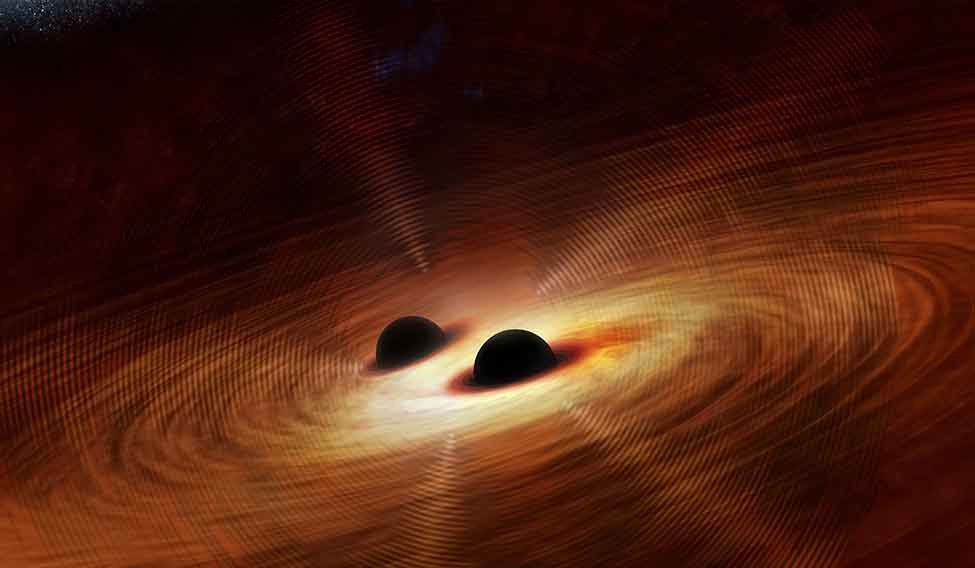In our endeavour to understand reality, we are somewhat like a man trying to understand the mechanism of a closed watch. He sees the face and the moving hands, even hears its ticking, but he has no way of opening the case. If he is ingenious, he may form some picture of a mechanism which could be responsible for all the things he observes, but he may never be quite sure his picture is the only one which could explain his observations. He will never be able to compare his picture with the real mechanism and he cannot even imagine the possibility of the meaning of such a comparison.
Albert Einstein
A cataclysmic event happened 1.3 billion years ago in a far off corner of the universe. Two black holes collided and merged, creating another black hole of such immense density that it radiated its gravitational pull across the cosmos. This wave travelled at the speed of light in time and space all this while, even as stars and galaxies formed and the solar system settled down into its present state. On earth, man evolved to the stage where he asked: Why the universe is the way it is, and what are the laws, if any, that make it so?
One theory on the laws that make the universe the way it is was propounded a century ago by Albert Einstein, a scientist with a brain that was found to be different from that of most mortals. His general theory of relativity laid down the principles and equations to explain and verify the universe and its varied phenomena. The equation essentially had the distribution of matter and energy in space on one side of the equal sign, with the geometry of space-time on the other side.
It could not have been an easy time for Einstein. Germany had launched a global war, which seemed to have the support of some of his eminent colleagues. The competition to be the first to get the maths right was fierce. His wife had left him, moving to Switzerland with their sons. Yet, a confident smile played on his lips as he neared a solution to the big mystery. Perhaps, words he would say much later swirled in a jumble in his mind: "The most incomprehensible thing about the universe is that it is comprehensible." And incomprehensible it was for most people.
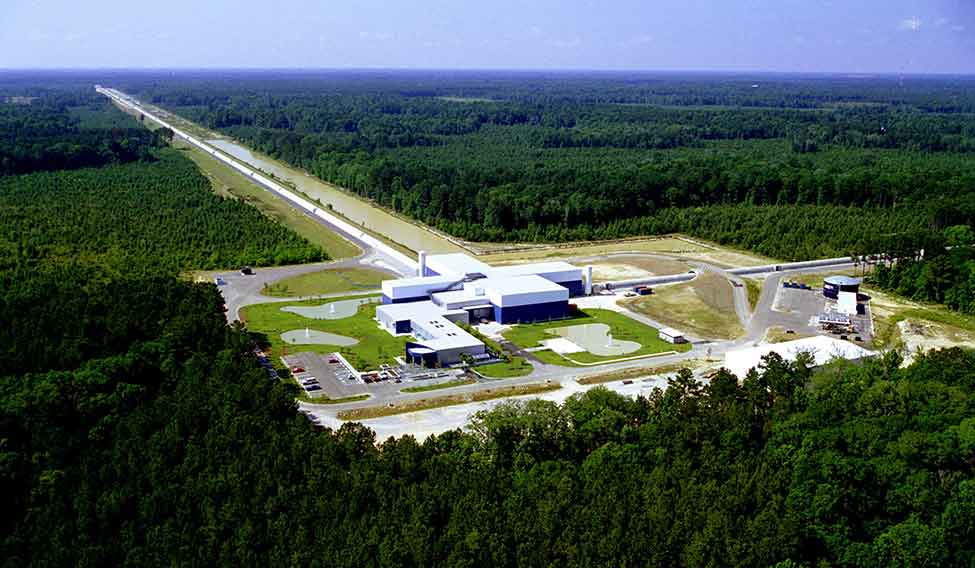 Waiting for the waves: Aerial view of the LIGO lab at Livingston, Louisiana | Reuters
Waiting for the waves: Aerial view of the LIGO lab at Livingston, Louisiana | Reuters
When told that there were only two people in the world who understood Einstein’s general theory of relativity, eminent American thinker Bertrand Russell reportedly said, "I am trying to think who that second person is." Such was the complexity of Einstein's revolutionary formulations. Yet, he was always willing to explain his theory to the less gifted. For instance, this was how he explained relativity to a young student: "If you are with a pretty girl, time seems to pass quickly. But if you are sitting on a hot stove, even a short time will seem too long."
THE MOST CRITICAL element of Einstein's relativity theory was gravity, that supposed force of attraction between two objects, theorised 300 years ago by Sir Isaac Newton. The surface of the universe, Einstein wrote, was like a fabric, comprising space and time, and gravity was the depression in that fabric, caused by an object distorting the geometry of space-time. He said gravity was transmitted through that fabric as waves, much like ripples in water, caused by a disturbance on its surface. The higher the mass or density of the object, the deeper the depression it creates. Gravitational waves are ripples of this stretching and compression in space-time.
Many other kinds of waves, like light and electromagnetism, had been theorised and discovered in the last 100 years. But gravitation waves eluded detection. Till now that is. That tiny ripple through space caused by the collapsing black holes arrived on earth last September, and was recorded in the incredibly sophisticated measuring device called LIGO (Laser Interferometer Gravitational-wave Observatory) in Louisiana and Washington in the United States.
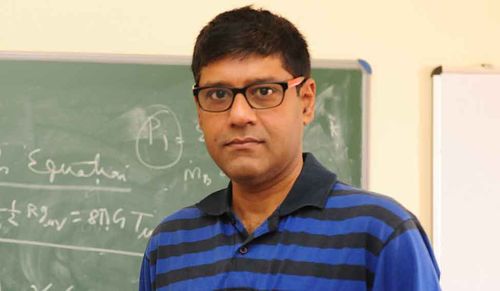 Banibrata Mukhopadhyay
Banibrata Mukhopadhyay
“These waves are extremely weak; the effect they have on the detector is extremely small, at the level of 10-21,” Sanjeev Dhurandhar, emeritus professor at Inter-University Centre for Astronomy and Astrophysics (IUCAA), Pune, who has been closely associated with this study since 1987, told THE WEEK. A few months were required to separate that particular wave from all the other noise that space abounds in. “Even with all the high technology, the signal is buried deep inside; you have to dig it out of the noise and that is what we do here,” he said. The complicated and advanced algorithms required to do this were developed at IUCAA.
There is a certain irony to this discovery. It took a few decades to confirm that Einstein's equations predicted the existence of black holes, a discovery that would probably have had Einstein shaking his head in disbelief. He liked his universe to be steady and stable, for which he formulated what he called his greatest mistake, a cosmological constant. He discarded it soon after, but physicists today are taking a new look at it to explain what they call dark energy, which they theorise is causing the expansion of the universe, which again is predicted by the general theory.
The black hole, the centrepiece of the gravitational wave detection, is a strange creature. (Black holes are formed when a massive star exhausts its nuclear fuel and collapses under its own gravity.) Like everything theorised by Einstein and other quantum physicists, it cannot be seen, but only inferred from observing what is happening around it. The bending of light, distortions in the movement of visible objects in its vicinity and the behaviour of electromagnetic particles around it can be explained using the general theory.
“This discovery completely proves Einstein's general theory,” said Banibrata Mukhopadhyay, professor of physics at Indian Institute of Science, Bengaluru. “We can now try and apply it to other natural phenomena.” Certainly, Newton's apocryphal apple has travelled a long, long way from the tree. “What is now established is that gravity is dependent on density, not mass. And, the next phase in the study of gravity could come from studying scale or distance dependence and perhaps even time dependence,” he said.
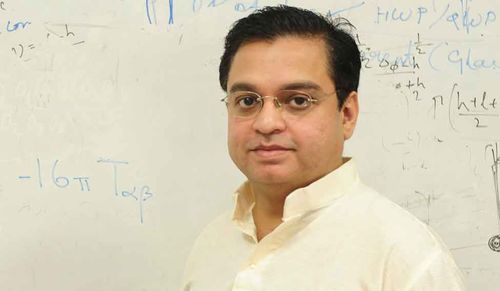 Aninda Sinha
Aninda Sinha
THE ELEGANCE OF Einstein’s general theory lies in its simplicity. “Its uniqueness is that the steps are clear, and derivations equally so,” said Aninda Sinha, professor at the Centre for High Energy Physics, IISc. “And, it is in a sense, self-predictive. Relativity can at best be described as the theory that shows how gravity works. The important elements are the frames of reference and time. It describes the geometry of space in an abstract manner. It cannot be seen,” he said.
In other words, Einstein's theory (and quantum mechanics) had no objective reality in the sense that we understand the term, and could never be seen. It sought to create an overarching conceptual framework, represented in a mathematical model and equations, to explain the physical observations of the happenings in the cosmos. The only way to assess the theory's validity was to measure from actual observations what the theory predicted once its equations were solved. And solved they were, setting in motion more than 80 years of experimentation to verify the findings.
GRAVITY HAS ALWAYS been a kind of joker in the pack, defying stereotyping or refusing to drop into neat slots that physicists are always looking to do with what they observe and theorise. Gravity as the geometry of space needed cosmic dimensions to observe, which is why all of the general theory's predictions have come from astronomy and astrophysics, a field of study spawned by the general theory.
Gravity would bend light, Einstein said, and it did. Time would slow down in a strong gravitation field, he said. It does. The peculiar orbit of Mercury defied Newtonian equations, but Einstein's relativity theory explained it perfectly. As technology grew more sophisticated, other measurements proved other predictions of Einstein, like the expanding universe, a reality that Einstein found great difficulty accepting.
His misgivings arose from the fact that he could not reconcile the two. Gravity and the other three fundamental quantum forces all act across both the very, very small subatomic level and the eternal cosmic regions. Yet, as Aninda Sinha said, “They have never been able to talk to each other despite their combined use in so many areas like GPS systems and space exploration.”
This chirpy gravitational wave is unlikely to create any fresh basis for that talk. Yet, it holds promise in that it raises the possibility of a whole new way of listening to the universe. “We have opened a new window to the universe. Overnight, we have become gravitational wave astronomers. Current astronomy is all in the electromagnetic spectrum. This is completely different. We have changed the interaction here with gravitation,” said Sanjeev Dhurandhar.
It is like “giving a more complete picture (or even a new one) of the universe,” said Aninda Sinha. Agreeing Tarun Sauradeep of the IUCAA said, “especially if one could localise more accurately where the gravitational wave is coming from.” “Then we will be better able to say what it is associated with and derive more information from it,” he said.
FOR INSTANCE, WE could possibly detect gravitational ripples in the cosmic background radiation that emanated during the first moments after the big bang. “Yes, there is a higher probability of such huge, cataclysmic events as we go further back in time than this one, which does increase the chances of detecting waves from earlier events,” said Tarun Sauradeep.
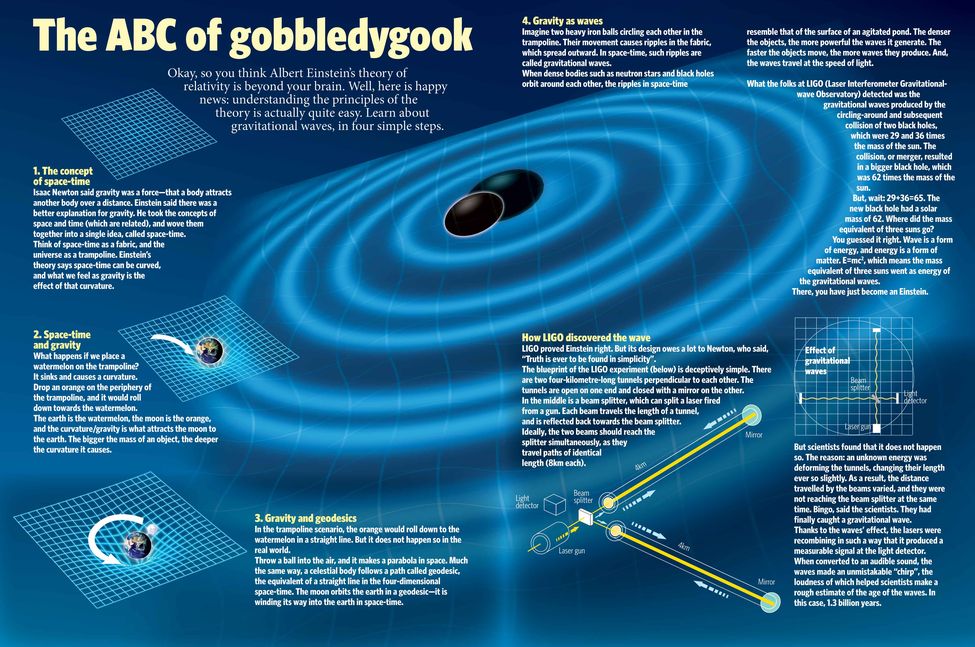 Graphics: N.V. Jose; Research: Navin J. Antony
Graphics: N.V. Jose; Research: Navin J. Antony
He elaborated: “I cannot see light beyond 43 billion light years. Beyond that is a plasma screen that shrouds anything that has happened earlier in the universe. The gravitational waves can change all that as that time of the universe is opaque to light, but not, in principle, to gravitational waves.”
But the biggest thing really would be “detecting a gravity wave from that first, explosive primordial expansion predicted by the big bang theory,” said Banibrata Mukhopadhyay. Einstein was no fan of singularities like the big bang. “But this could strengthen the big bang as we now know definitely that gravity is a wave. And, the discovery of such a primordial gravity wave could also bring about the grand unified theory,” he said.
Einstein himself spent much of his later life trying to reconcile his general theory with quantum mechanics, but in vain. Yet, the vindication of the laws of the universe he created would probably make him smile, even as he mutters under his breath once again, “God does not play dice with the universe.”
So, what next? Is a radical change forthcoming in the manner in which we view the universe? After all, Einstein had done exactly that. But no one is willing to stick his neck out that far. But at a more practical level, “the possibility has now arisen that we can quantise [apply quantum theory to] gravity,” said Aninda Sinha. “What causes these waves? Like light waves comprise photons, this does raise the theoretical possibility of a gravity particle, the graviton. However, I can't think of any experiment that is geared to search for this now.”
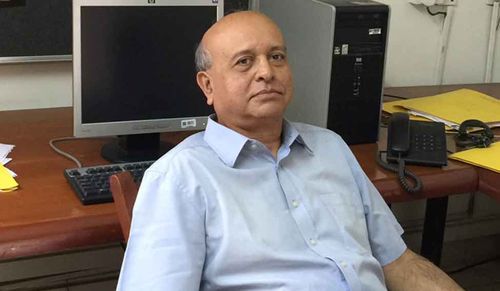 Sanjeev Dhurandhar
Sanjeev Dhurandhar
Can it happen at the Large Hadron Collider at CERN, the European Organisation for Nuclear Research? “It could. But as yet there is no smoking gun, so to speak, to even indicate such a possibility,” said Aninda Sinha.
Tarun Sauradeep is more optimistic. “Now that we know experimentally that an Einsteinian gravity wave solution exists, it could be a new way to unify general relativity to other forces. It is a radically different step, though attempts to unify gravity, which do not tamper with general relativity, are likely to be favoured over attempts that do tamper with it.”
ANINDA SINHA BELIEVE that gravity will be useful as it does act across subatomic distances. “To be able to think of localised gravity particles and create quantum wave equations for it, that is the holy grail.” What would it require to verify such equations and its solutions? “Even more sensitive detectors than what we have at present,” said Aninda Sinha. So, sometime in future, subatomic quantum waves may be found to have some relation to gravity waves.
What kind of universe would ours be then? Probably still Einsteinian in essence, but using a different framework, which Aninda Sinha calls “emergent gravity”. That gravity can have a beginning, not in the sense of time, but more from a different construct of the universe that deviates from Einstein's general theory. The concept is not easy to grasp. “It requires another description of the universe, where there is no gravity to begin with, but which arises from the laws derived from that alternate description, like a hologram, for instance. The point is to go beyond Einstein,” he said.
Another theoretical possibility is anti-gravity. Since it is now known that matter, or particles, do have their anti-matter, could gravity, or rather its particle, have its opposite, too? “The possibility cannot be ruled out entirely,” said Banibrata Mukhopadhyay.
WITH RACHNA TYAGI



